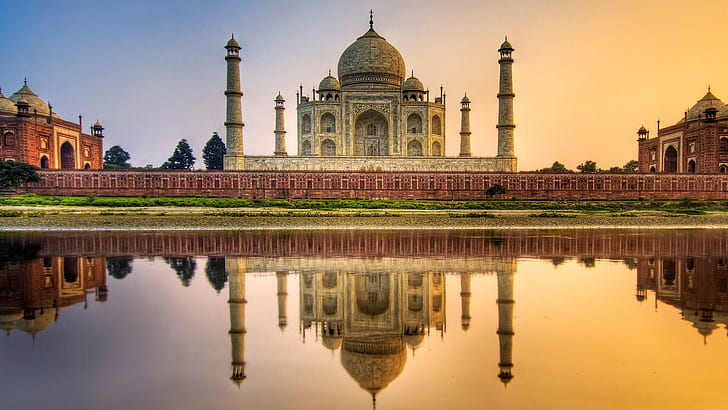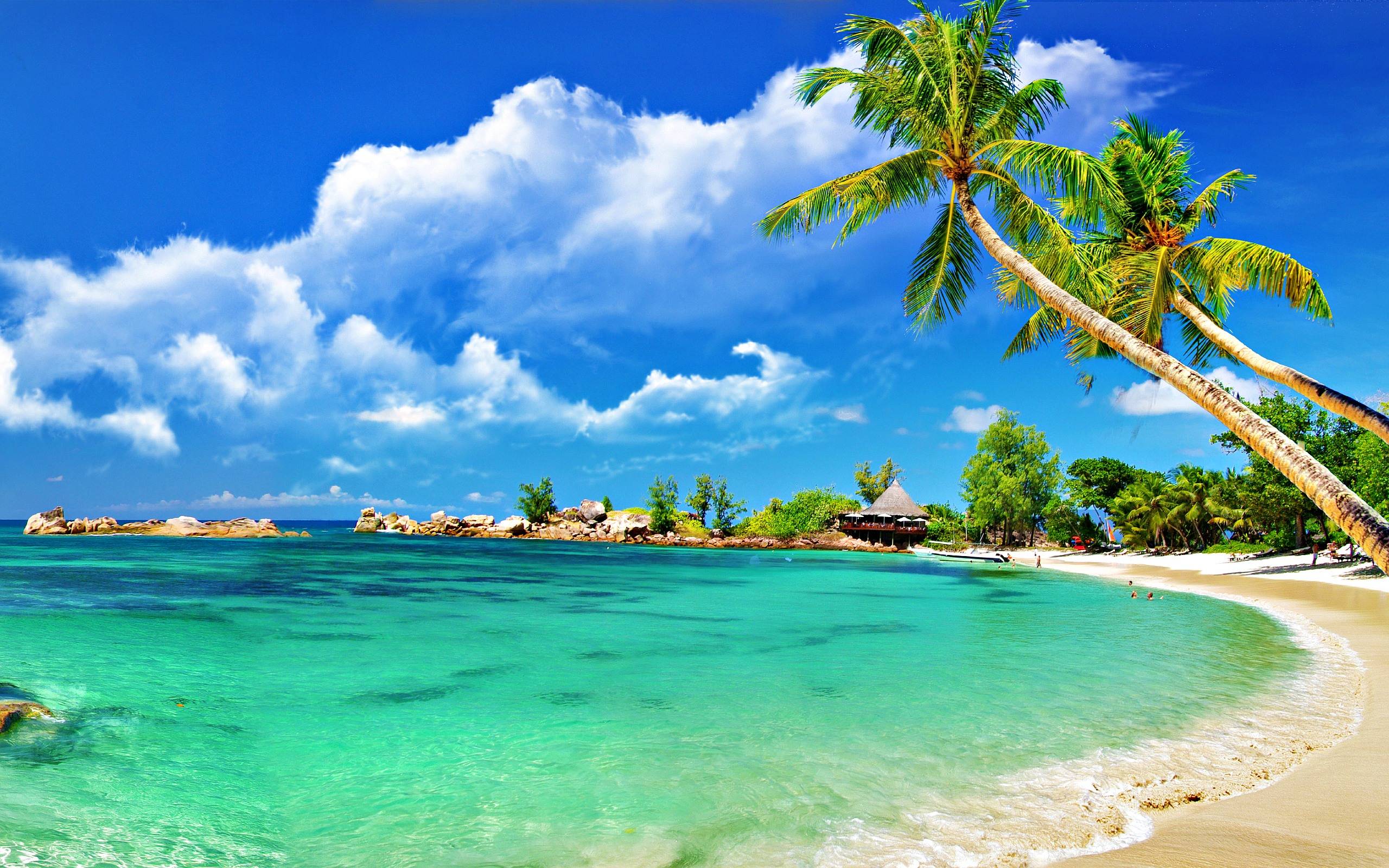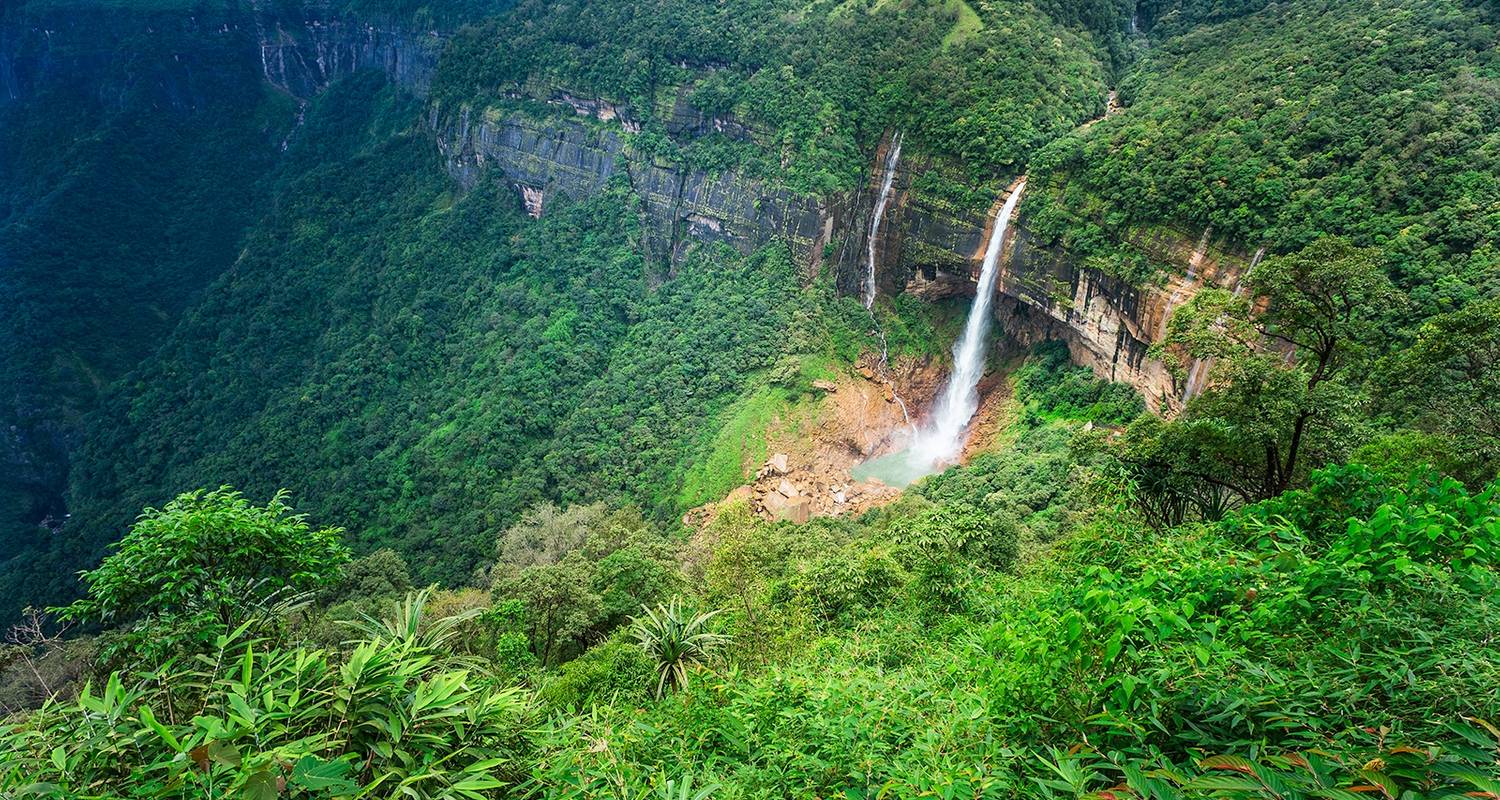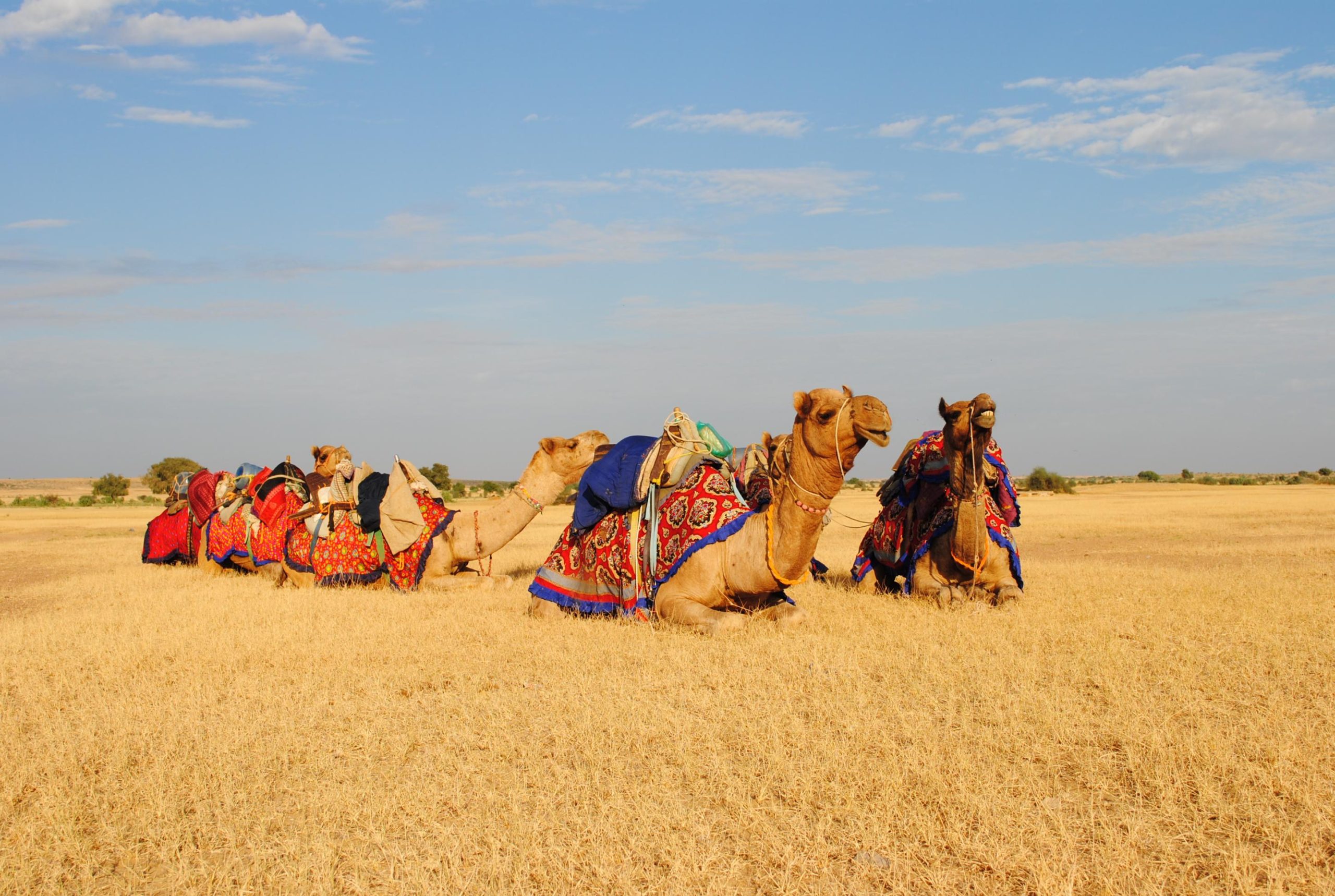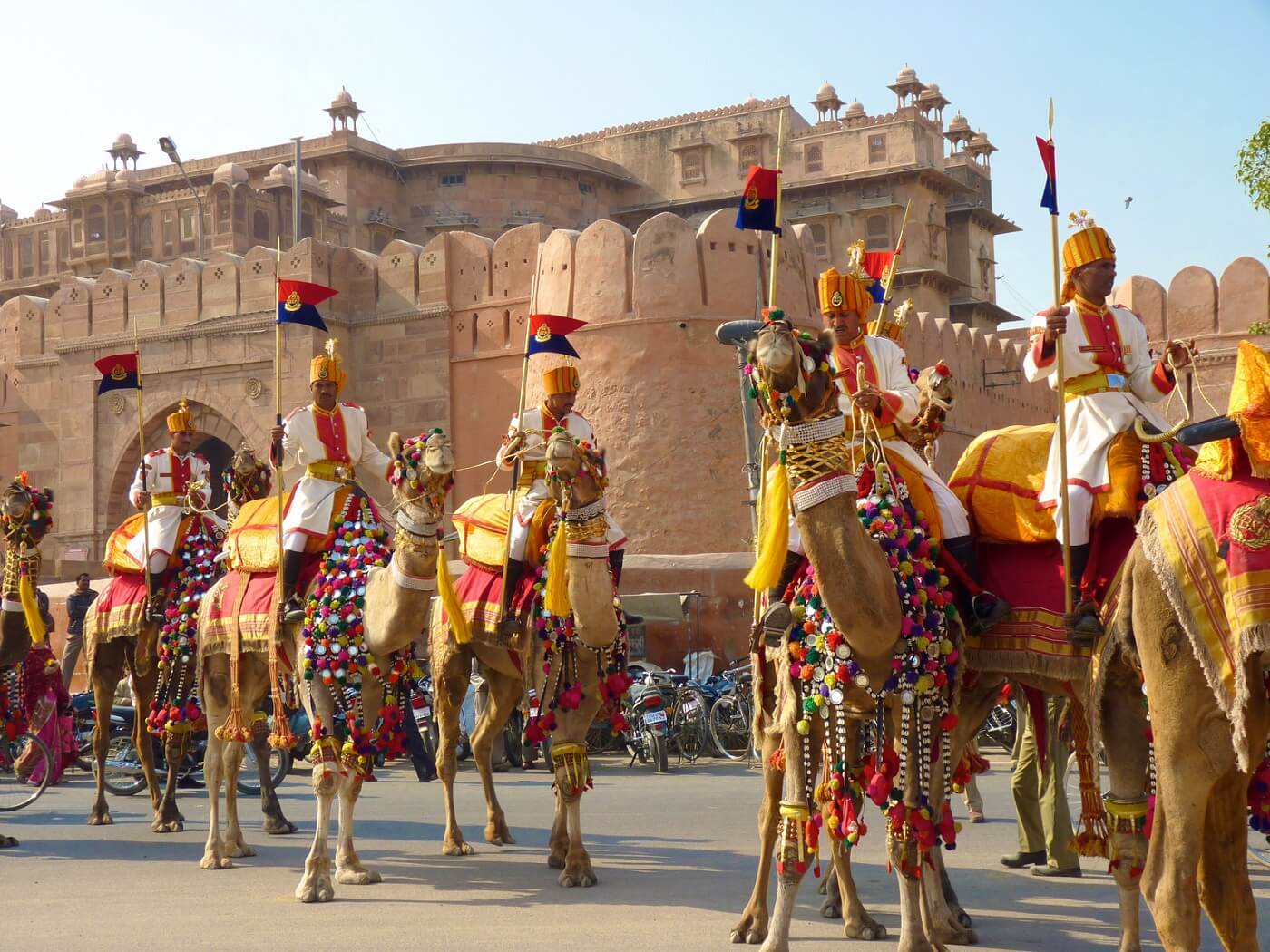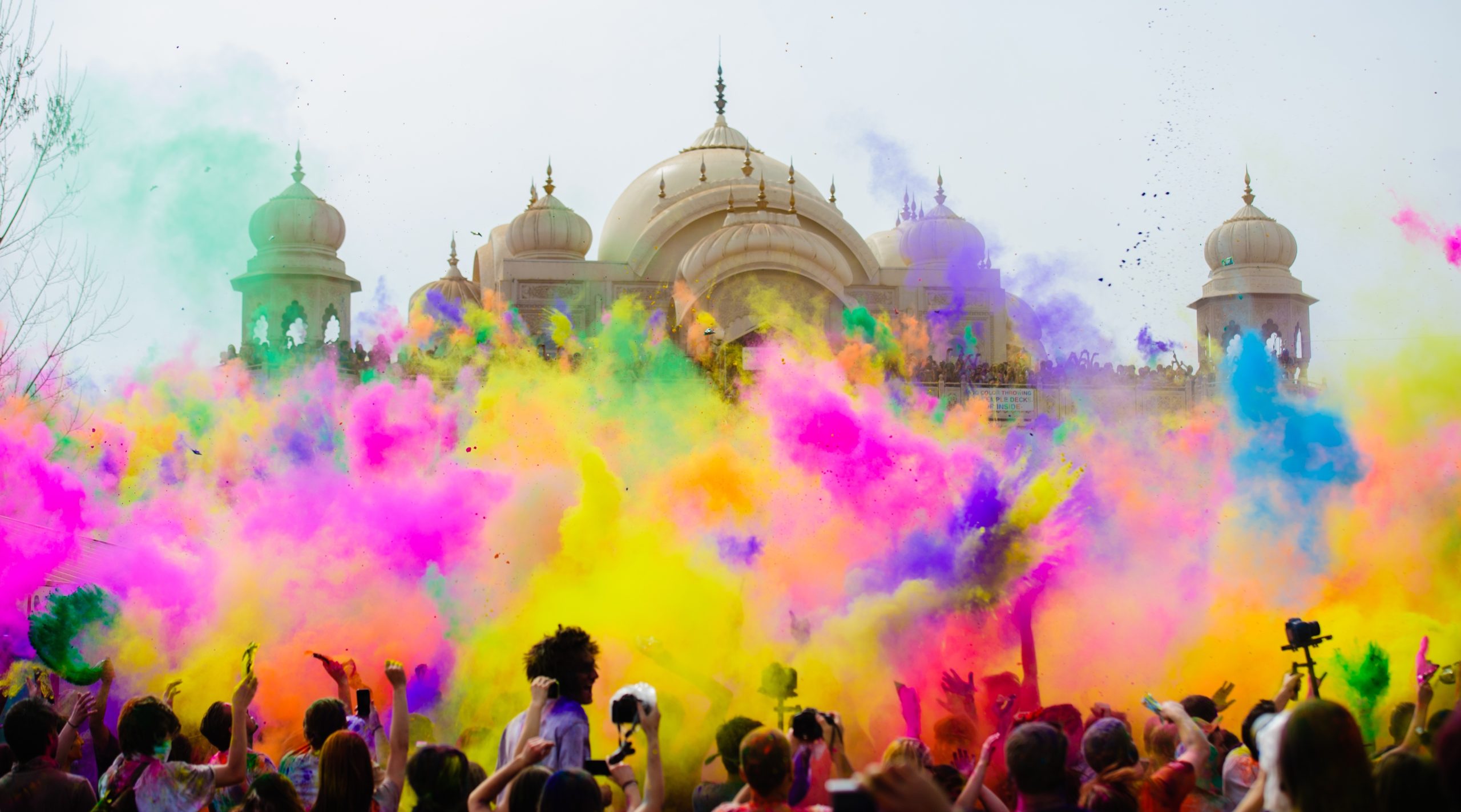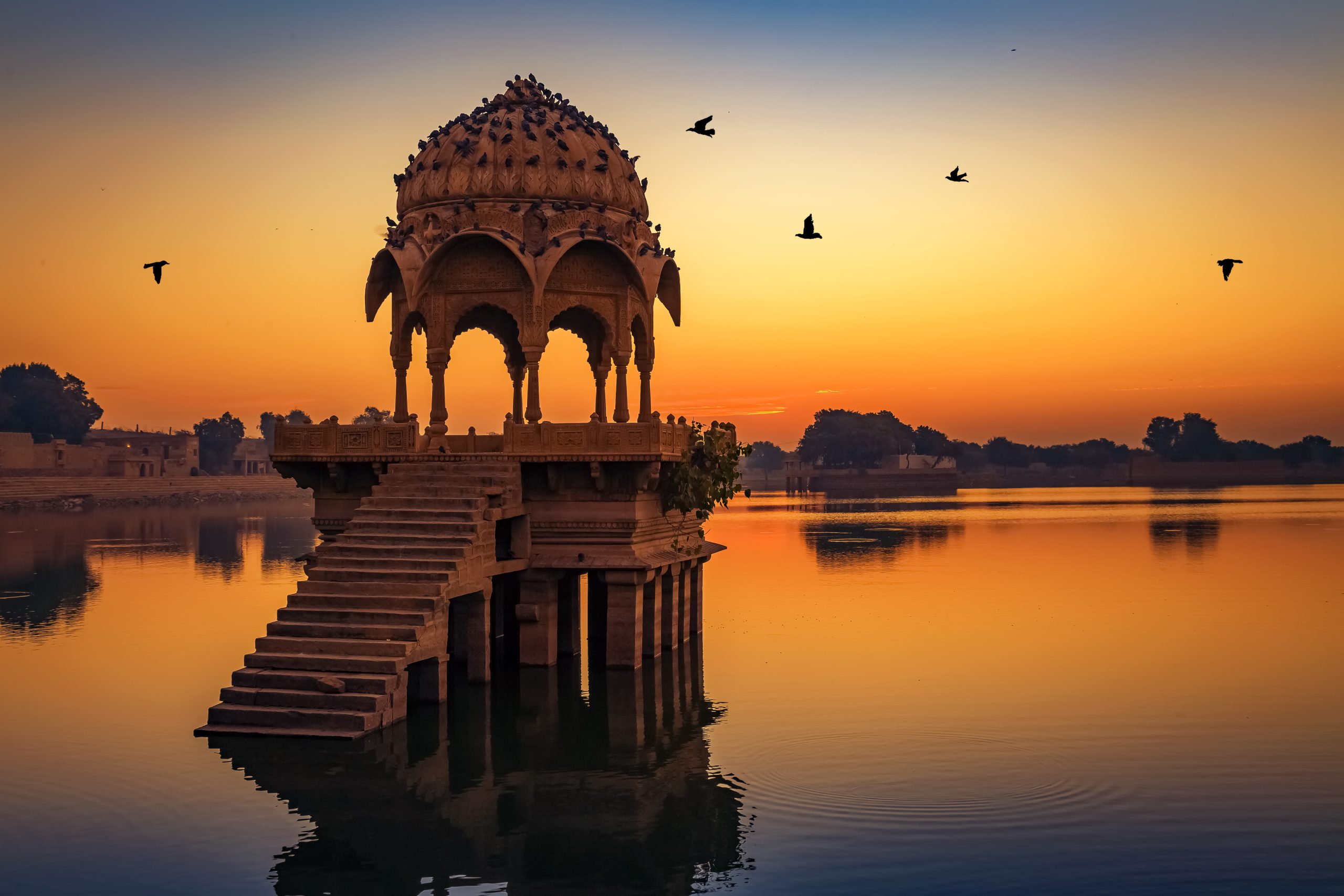- Home
- /
- India Tours
- /
- Rajasthan Tour With Taj Mahal
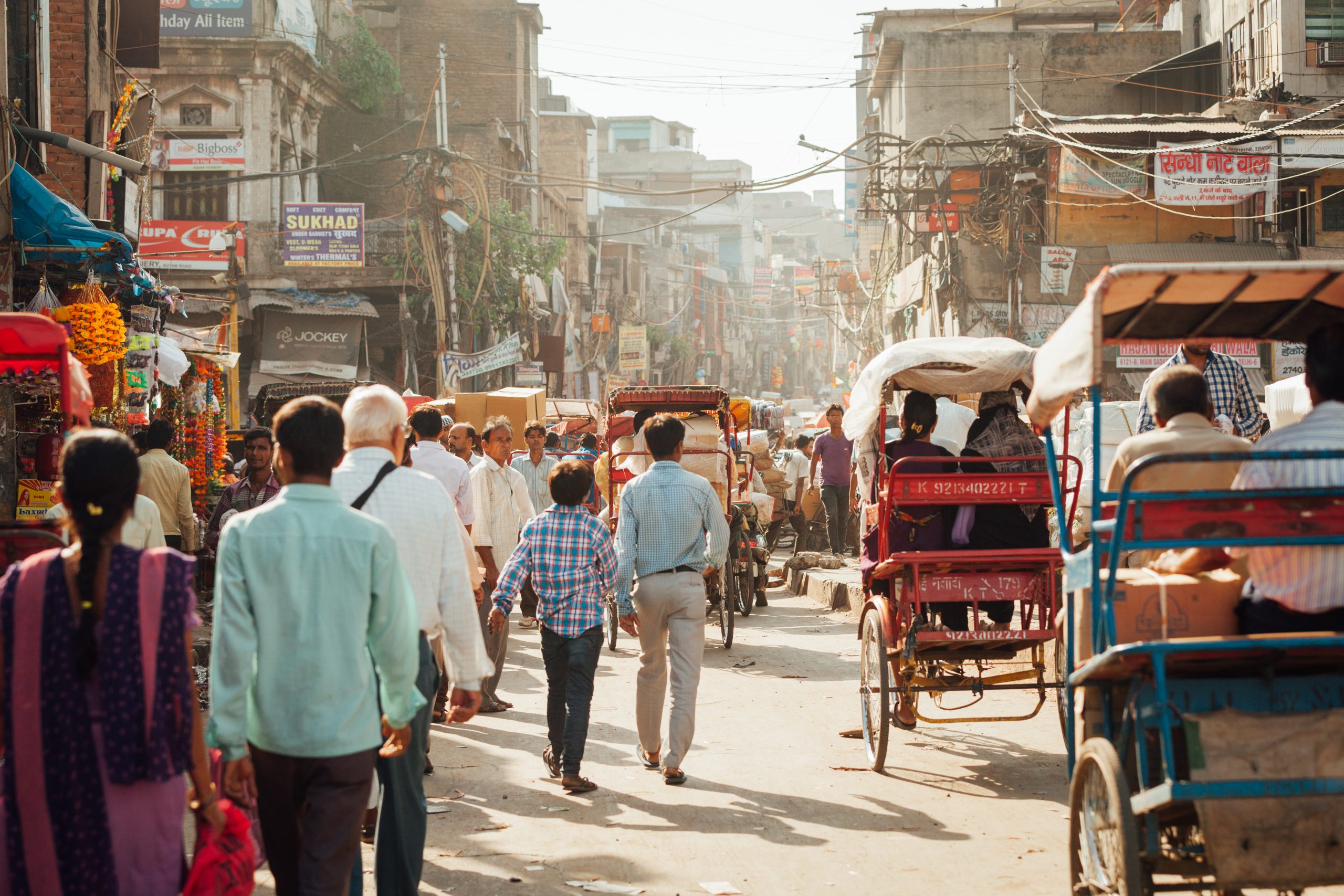
Chandi Chowk, Delhi
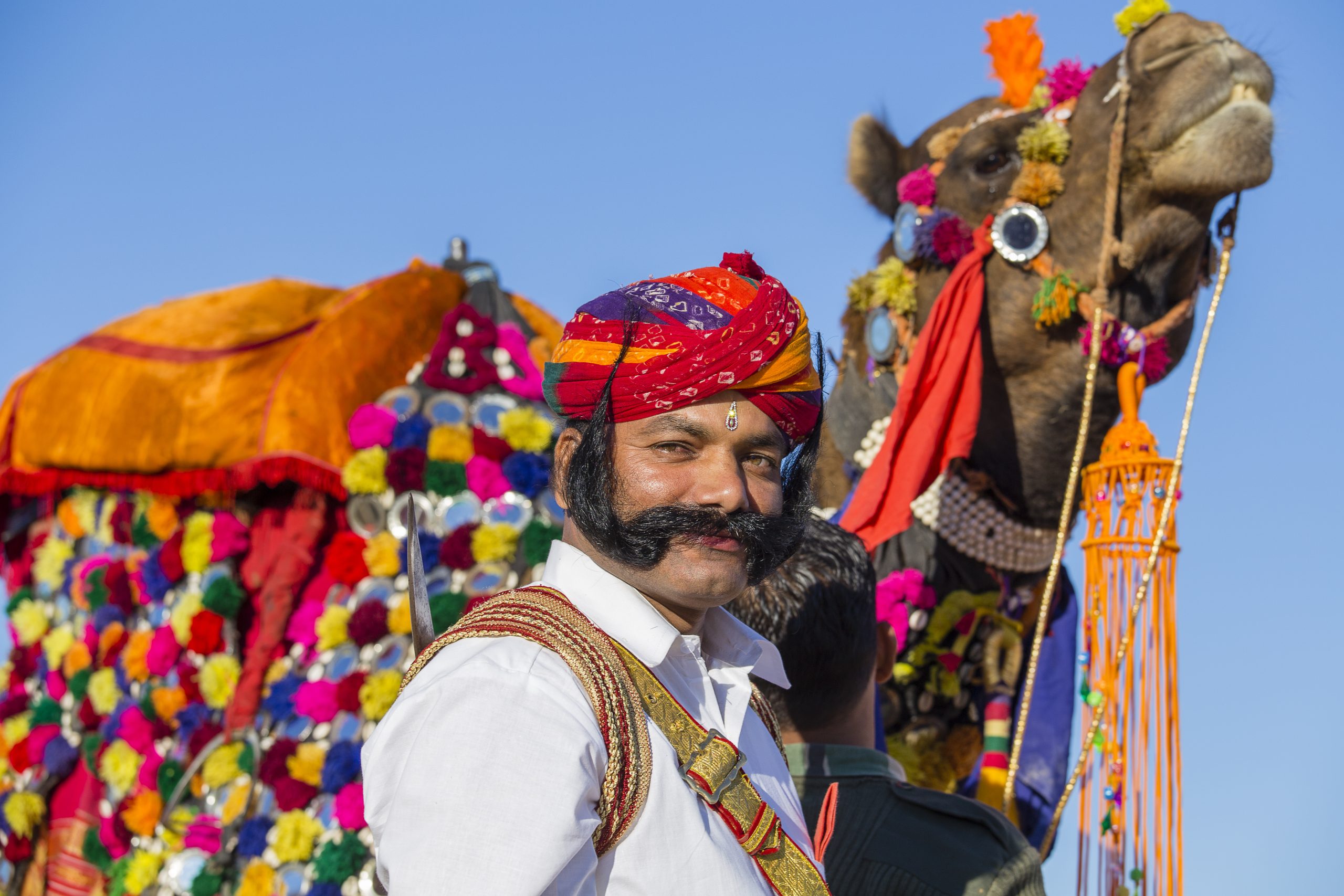
Jaisalmer, Rajasthan
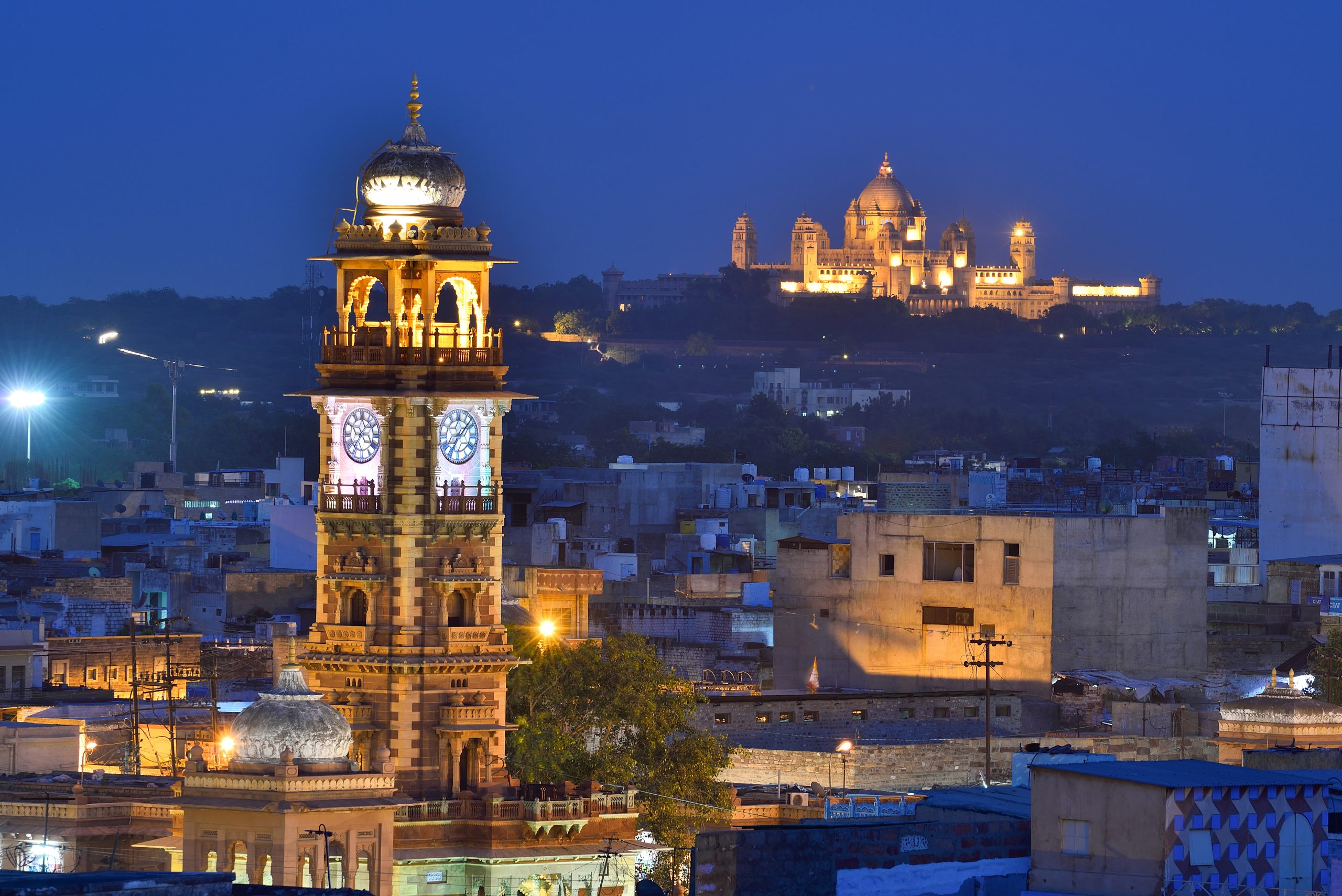
Jodhpur , Rajasthan
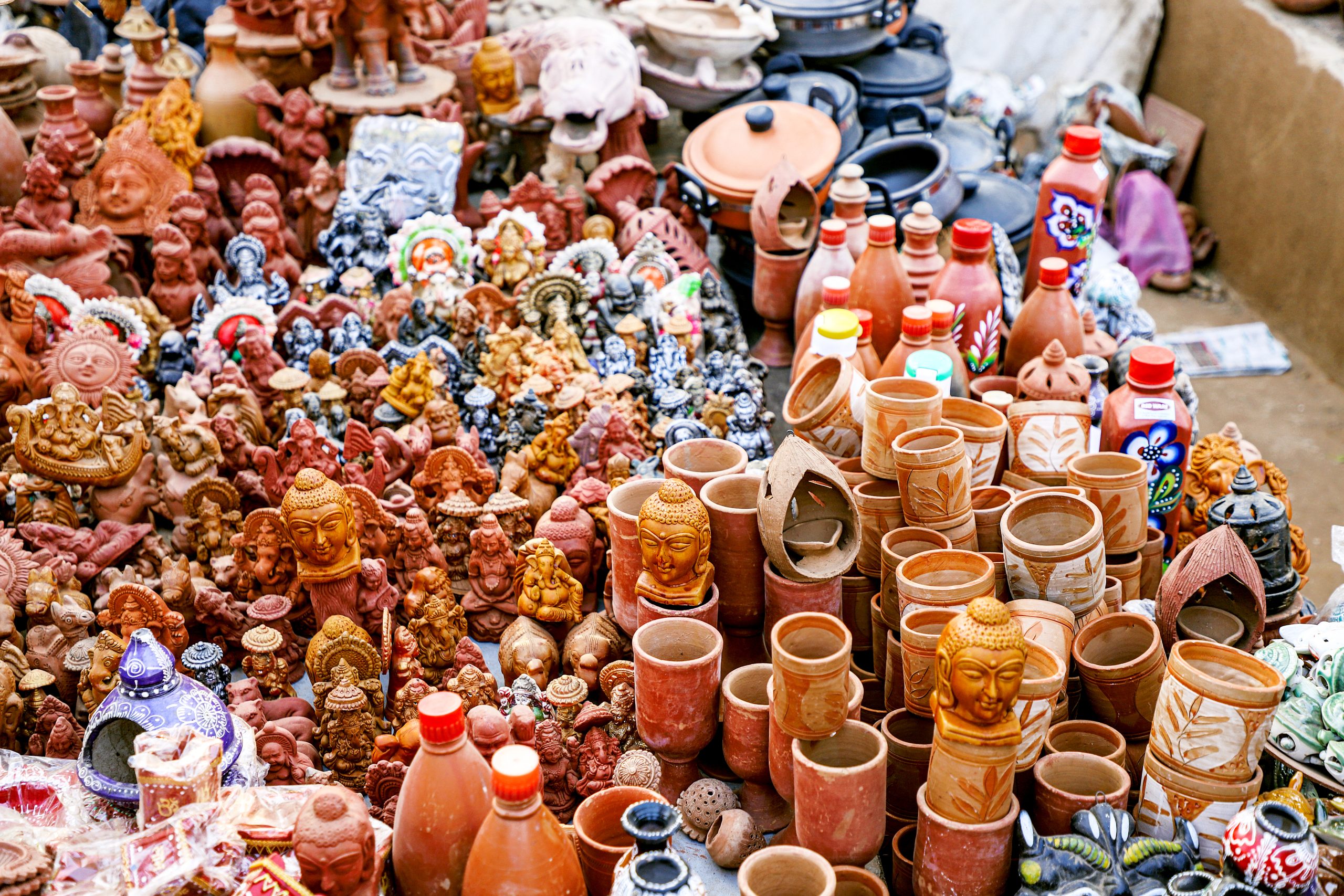
Udaipur , Rajasthan
Following breakfast at hotel, excursion to Amber to visit Amber Fort with Elephant ride uphill and jeep ride downhill
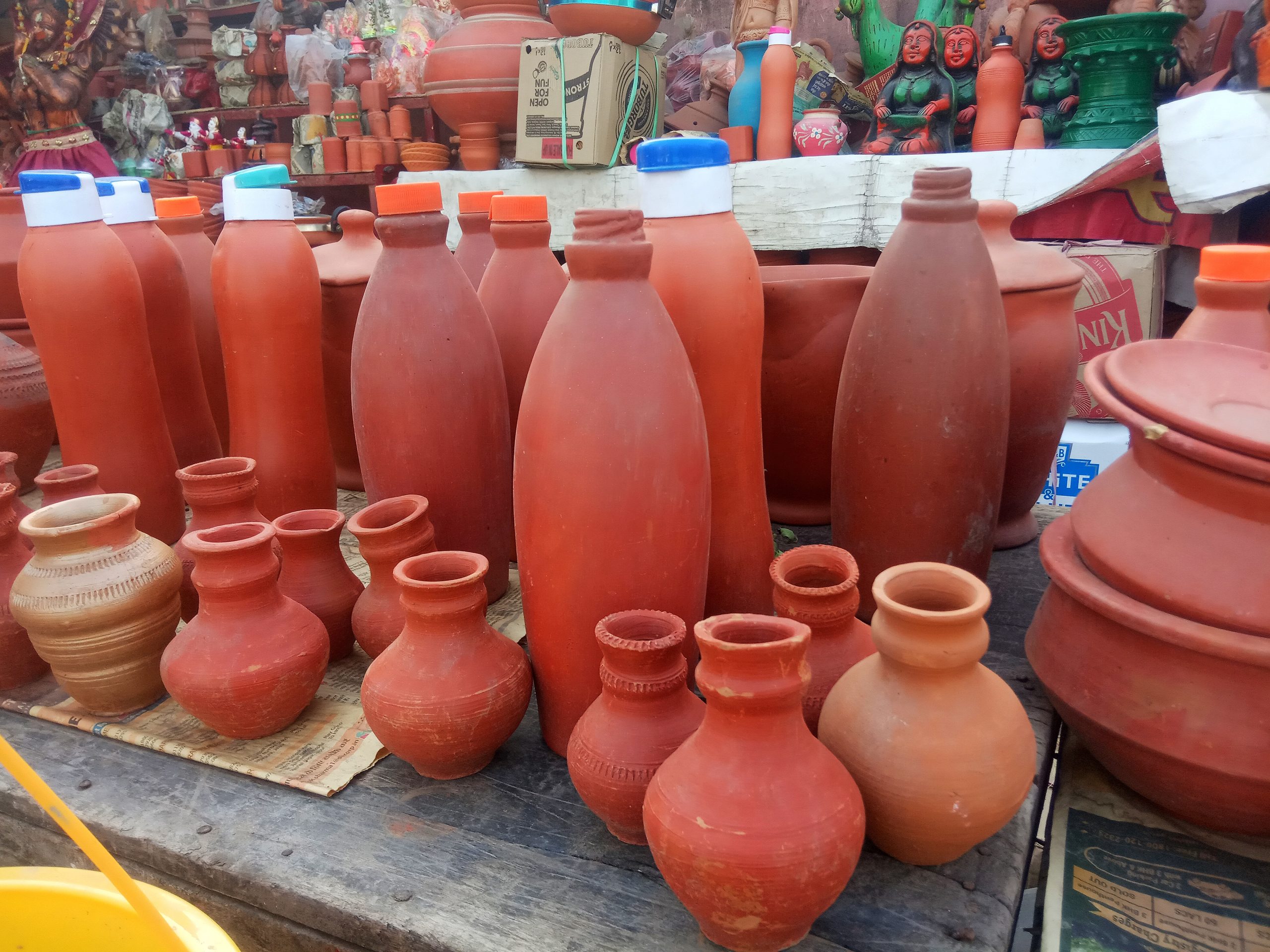
Jaipur, Rajasthan
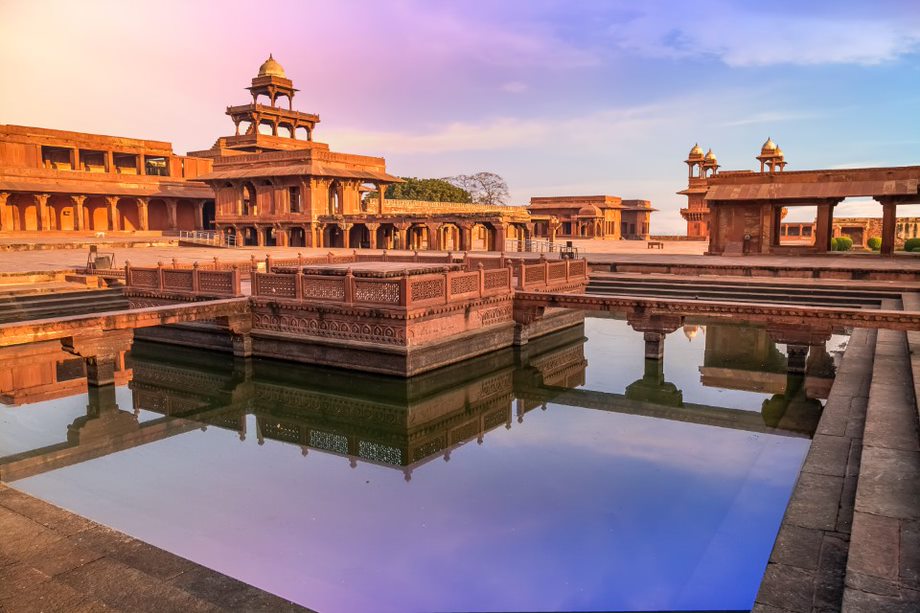
Fatehpur Sikri, Agra
FEATURED
Itineraries
Golden Triangle Tour
This tour of 7 days takes you to three famous destinations which are not only rich in culture but also in history
Karnataka & Goa
Covering Karnataka & Goa famous destinations which are not only rich in culture but also in history.
Kolkata-Assam & Meghalaya Trip
This tour of 12 days takes you to famous destinations which are not only rich in culture but also in history.
Rajasthan Tour With Taj Mahal
This tour of 15 days takes you to four famous destinations which are not only rich in culture but also in history.
The Grandeur Of Rajasthan
This tour of 15 days takes you to four famous destinations which are not only rich in culture but also in history.
Clasic India
Orchha-Khajuraho and Varanasi famous destinations which are not only rich in culture but also in history.
Kerala Tour
Visit the lush green tea gardens or wildlife sanctuaries and rediscover the true wonder built by nature in India.


